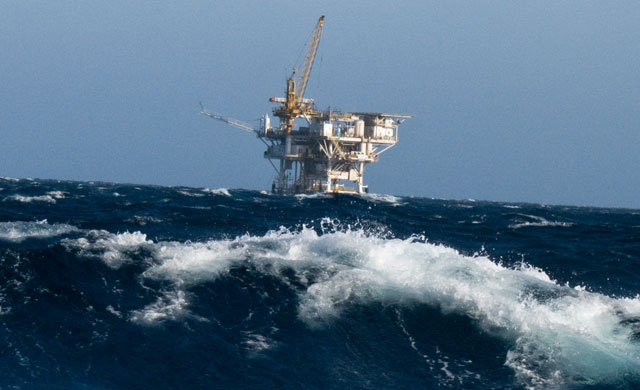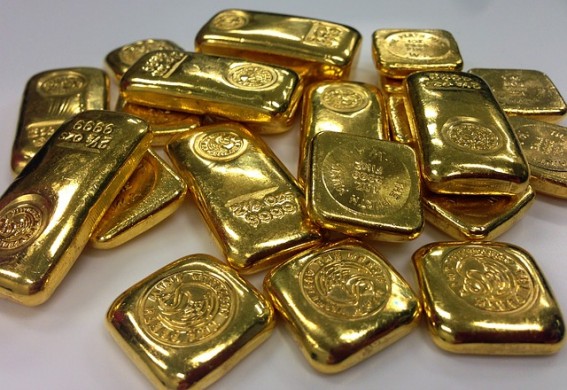Premier Oil’s (LSE:PMO) half-yearly report, published today, contains some crucial information which investors need to consider in light of the company’s ongoing debt negotiations.

Those who have not previously studied the company might be surprised to find that half-year profits of $167 million can translate to a market cap of just £400 million. Earnings per share of 34 cents translates to a share price equivalent of 103 cents (78.5p).
The elephant in the room is of course the debt load, which currently stands at a huge $2.6 billion. This is up from $2.1 billion at June 2015 and $2.2 billion at December 2015.
That makes it prudent to value this on an enterprise value basis – i.e. to attribute no value to the equity unless there is value in the business to exceed the company’s debt load.
The reasoning for this is that, were the company to enter a period of financial distress, it may need to repay some portion of the debt in an accelerated way. This could be done for example through a rights issue or a placing, which could see shareholders being diluted heavily and in a manner which might not reflect the true long-term value of the business.
Premier Oil’s management team have made absolutely no indication that they intend to issue equity, but the fact remains that Premier is now in a position where it requires extensions on its banking covenants. These covenants were already relaxed, last year, when it was agreed that they would be fixed back at their original, stricter levels from December 2017.
The odds must surely have lengthened on Premier’s ability to return to stricter covenants from December 2017, given that it continues to require extensions on the test dates of its more relaxed covenants. The June test date has now been set for August 31st.
Premier’s financial policy had been to keep its gearing ratio below 50%. That popped up to 75% at December 2015 and remains there currently, as per this calculation using today’s numbers:
- Net Assets = $0.9 billion, Net Debt = $2.6 billion
- Net Assets plus Net Debt = $3.5 billion
- Net Debt / [Net Assets plus Net Debt] = 75%.
Net Assets improved a little during the last six-month period as Premier generated $112 million in comprehensive income.
The quality of this income is questionable, however.
$100 million of operating income was generated by the weak pound. Decommissioning costs are paid in GBP, so the weak pound converts to reduced liabilities.
A further c. $100 million relates to negative goodwill: Premier paid $135 million in cash for the assets it bought from E.ON. Premier calculates that these assets are worth $240 million in its own hands, so the excess is recorded as an instant profit.
It will need much larger profits going forward to start reducing its debt load in a material way, and that will almost certainly require a higher oil price. Premier Oil will generate free cash flow in H2 so long as oil stays above $45 per barrel (currently $50).
But the company is now in a negative net tangible asset position: today’s balance sheet has a net equity value of $855 million, which includes $1.2 billion of goodwill and intangibles and net positive tax assets of $740 million.
The assumptions used to derive the valuations producing those numbers were based on the existing forward oil curve for 2016/17, $65 per barrel in 2018 and $80 (in “real” terms) after that. April 2017 Brent is currently priced at $53.
While I hope that Premier pulls through, and the oil curve has performed strongly in recent months, I would caution investors that the best way to go “long oil” is more likely to be through buying those futures contracts directly. Premier looks like it is just one more slice of bad luck away from serious financial distress.
Click here to subscribe to Graham’s Weekly Investment letter for exclusive stock tips.

 Hot Features
Hot Features













